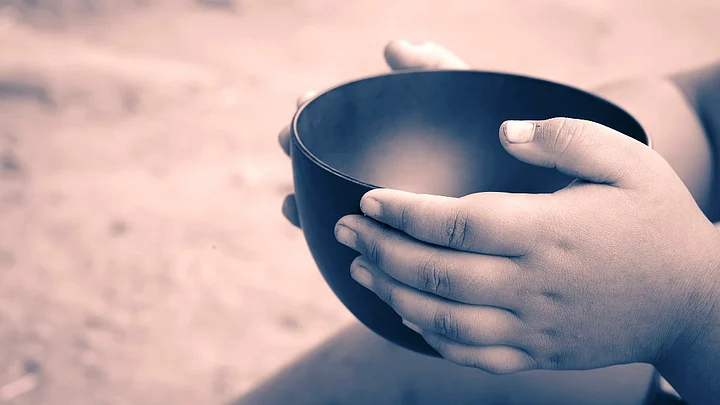The recent Global Hunger Index (GHI) 2019, designed by International Food Policy Research Institute (IFPRI), ranked India at 102 out of 117 countries when it comes to hunger. India was among the 47 countries that had ‘serious levels of hunger.’ The report comes a year after India launched its National Nutrition Mission, or Poshan Abhiyaan with much fanfare.
A recent Unicef report on malnutrition also had sobering figures with 69 percent of all deaths among children under 5 attributed with malnutrition. Every second child in India is affected by some form of malnutrition with stunting and wasting figures still uncomfortably high.
So how do we tackle these numbers? And will the various policies launched in the last few years propel India towards the zero hunger by 2030 target set by the United Nations?
FIT spoke with Bishow Parajuli, the UN Food Programme representative in India.
The Global Hunger Index ranking raises some uncomfortable questions for India. Where do you think things are not working for India and why do we year on year get ranked so low when it comes to hunger and malnutrition?
The global hunger index is done by various civil society organisations and it is not UN’s work. In the overall context of nutrition in India, there is certainly a very high level of stunting in India and that is an indication of malnutrition.
Malnutrition is a complex issue. It’s an issue of sanitation, or water, of access to food among children under 5. The recent survey by UNICEF brings out similar levels of concern.
But the good news is that India is taking some very good steps to address hunger. Such as the Food Security Act which is a very important component, that is head on reaching out to people. But problems of distribution, regularity etc remain. There is good intention there. And Poshan Abiyaan and Anemia Mukt Bharat are positive steps in that direction. There are other components like mid-day meal, public food distribution system and so on. And in the broad context, iron and vitamin mineral fortification - if we put all of this together competently, we will have good results.
But challenges remain. India is a like a continent, not a country. And there are differences between states when it comes to meeting hunger and nutrition targets. Some of the states have done exceptionally well, and others are far behind.
You referenced Unicef’s malnutrition report - India’s failed to improve it’s stunting and wasting numbers. It feels like we are failing our children, and this is despite the policies in place to prevent it from happening in the first place.
When it comes to wasting, it means the child is thinner than what they should be according to parameters and stunting means impaired growth. One of the concerns is that the efforts are there, but the annual rate of decline, which is supposed to happen at a certain rate, is not happening at the pace it should. What it boils down to is a right mix of messages, but also adequate amount of scaling up with fortifications and adequate quality of food.
Annual rate of decline in malnutrition has in fact slightly increased in last 10 years. From 1996 - 2006 there was around 1.8% decline rate and from 2007 - 2016 the decline rate increased to 2.2 percent.
Maybe in coming times things will be better. With improvements in sanitation, hand wash and strong campaign messages — and schemes by the Niti Ayog, Ministry of Health, Ministry of Women and Child Welfare and the HRD departments, should show up in numbers.
We are working with the government at centre and state levels - and we are working on targeting the food distribution system better and to make sure that the supply is more effective and reaches people at a more regular basis.
We are also working on food fortification across levels and we have worked on several best practices programmes, specially among states that lag behind.
States like Jharkhand, Bihar and Orissa, that lag behind, what are some of the challenges you face?
The state governments have been extremely receptive. But we still have to work on behavioural changes among people. Changes in old practices, reaching out at grassroots levels, to vast spread of areas where there is a scarcity of water, sanitation etc.
Climate change itself - the problem of flooding or cyclone or drought, sets us back so many years. Inavaiability of water, of food and complete displacement of people changes the dynamics. We need to continue to work on messaging and make these commitments a priority.
Finally, do you think India is on track to meet the zero hunger target the UN has set for 2030?
It is doable and we must do it. It’s not an option that we have so many hungry people, so many poor people in this 21st century. And there is enough food in the world. In India you have a grain surplus of 35 million tonne, enough production and self sufficiency. So the target is doable.
(At The Quint, we question everything. Play an active role in shaping our journalism by becoming a member today.)
